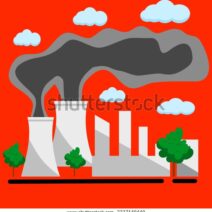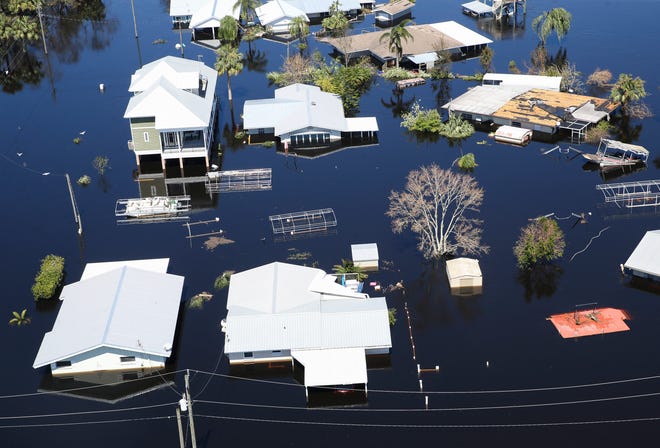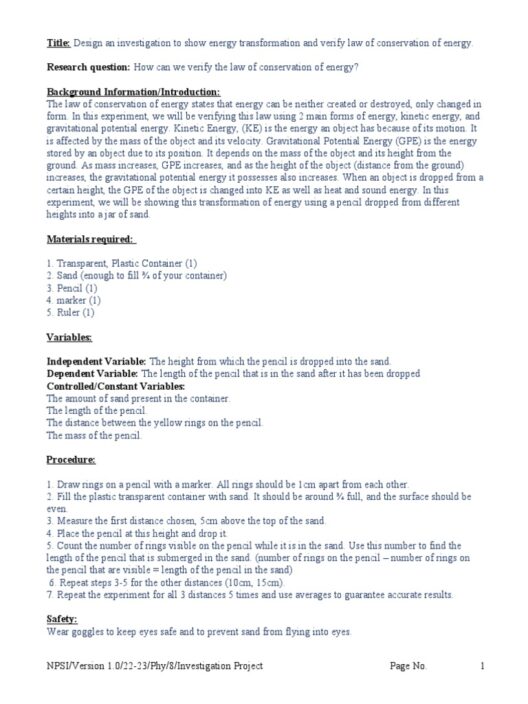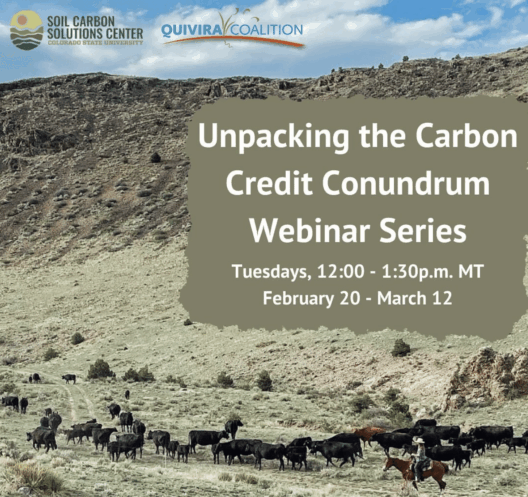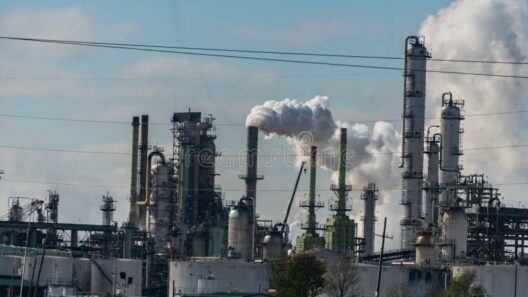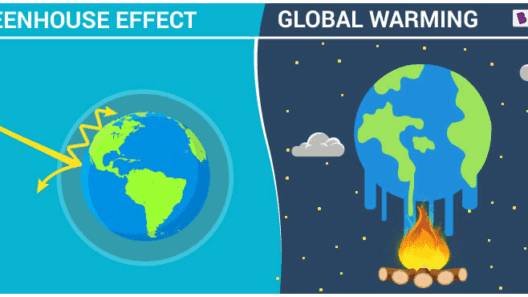Deforestation represents one of the most pressing environmental crises of our time, contributing significantly to the exacerbation of global warming. The rampant removal of trees and forests disrupts the delicate balance of our ecosystems, resulting in dire consequences for both our planet and human society. This phenomenon requires urgent attention, as understanding its implications is crucial for fostering a more sustainable future.
Forests are often lauded as the lungs of the Earth. They play an essential role in sequestering carbon dioxide, a principal greenhouse gas, thus acting as a vital buffer against climate change. Trees absorb carbon dioxide during the process of photosynthesis, storing carbon in their biomass and releasing oxygen back into the atmosphere. However, when trees are cut down, the carbon stored within them is released back into the atmosphere, exacerbating greenhouse gas emissions. Consequently, deforestation contributes to a cycle of global warming, as the accumulated carbon exacerbates the existing greenhouse effect.
The primary drivers of deforestation can be categorized into agricultural expansion, urbanization, logging, and infrastructure development. In many regions, agriculture remains the foremost cause of forest loss. As populations rise, the demand for food increases, prompting land to be cleared for farming activities. This practice leads not only to deforestation but also causes soil degradation and biodiversity loss. Slash-and-burn agriculture, in particular, epitomizes this destructive cycle, where forests are cleared and burnt to provide temporary arable land, leaving behind barren landscapes that struggle to recover.
Urbanization is another contributing factor to deforestation. As cities expand, forests are often sacrificed to make way for residential areas, roads, and commercial spaces. Urban sprawl not only displaces countless flora and fauna but also contributes to increased carbon emissions associated with transportation and energy use. Furthermore, the heat generated by urban environments—a phenomenon known as the urban heat island effect—exacerbates local climate conditions, leading to increased energy consumption for cooling and further intensifying global warming.
The logging industry, particularly illegal logging practices, poses a considerable threat to global forests. While timber production can be sustainable, the reality is that much of the logging occurring today is unregulated and driven by corporate greed. These actions lead to the decimation of ecosystems, affecting species diversity and disrupting habitats. The loss of trees and forests not only diminishes the planet’s ability to sequester carbon but often leads to increased soil erosion, water cycle disruption, and loss of Indigenous habitats, further complicating the anthropogenic effects on climate change.
Infrastructure development, including the construction of highways and dams, deeply impacts forest ecosystems. Large-scale projects often clear vast areas of forest, leading to fragmentation of habitats and threatening species reliant on continuous forest cover. These projects contribute to increased greenhouse gas emissions from construction activities and the long-term ecological footprint left behind. The roads built to access these remote areas can further facilitate illegal logging and human encroachment, exacerbating the problem.
The ramifications of deforestation extend beyond mere carbon emissions. One of the most profound impacts is on biodiversity. Forests are home to approximately 80% of the world’s terrestrial species. As trees disappear, so do the myriad species that depend on them, destabilizing ecosystems and leading to increased extinction rates. This loss of biodiversity has both immediate consequences for the ecological balance and long-term effects on human health and food security.
Furthermore, the hydrological cycle is intricately linked to forest ecosystems. Trees play a crucial role in regulating water cycles, aiding in the infiltration of rainwater and maintaining groundwater levels. Deforestation, therefore, disrupts these natural processes, leading to altered precipitation patterns and increasing the risk of floods and droughts. In regions like the Amazon, the reduction of tree cover has been observed to influence rainfall patterns, which can have rippling effects on agricultural productivity and water availability for communities.
To address the dire consequences of deforestation, multifaceted strategies must be employed. Reforestation and afforestation efforts offer one avenue for restoring lost tree cover and enhancing carbon sequestration capabilities. Communities can engage in tree-planting initiatives, and policymakers can create incentives for sustainable land use practices. Moreover, enforcing stringent regulations against illegal logging is imperative for preserving remaining forest habitats.
Ultimately, fostering a culture of sustainable development is essential for countering the impacts of deforestation. This involves promoting sustainable agricultural techniques, encouraging circular economies, and adhering to sustainable forestry practices. Education and awareness campaigns can empower communities and individuals to make informed choices that consider the environmental impact of their actions. Consumers can play a pivotal role by opting for products sourced from sustainably managed forests, thereby supporting responsible companies while discouraging deforestation.
In summary, deforestation poses a grave threat to our planet, amplifying the challenges of climate change and endangering biodiversity and human well-being. The nexus between tree cover and global warming underscores the urgent need for collective action to halt this destructive trend. It is only through concerted efforts at local, national, and global levels that we can hope to mitigate the devastating effects of deforestation and create a sustainable world for future generations.

